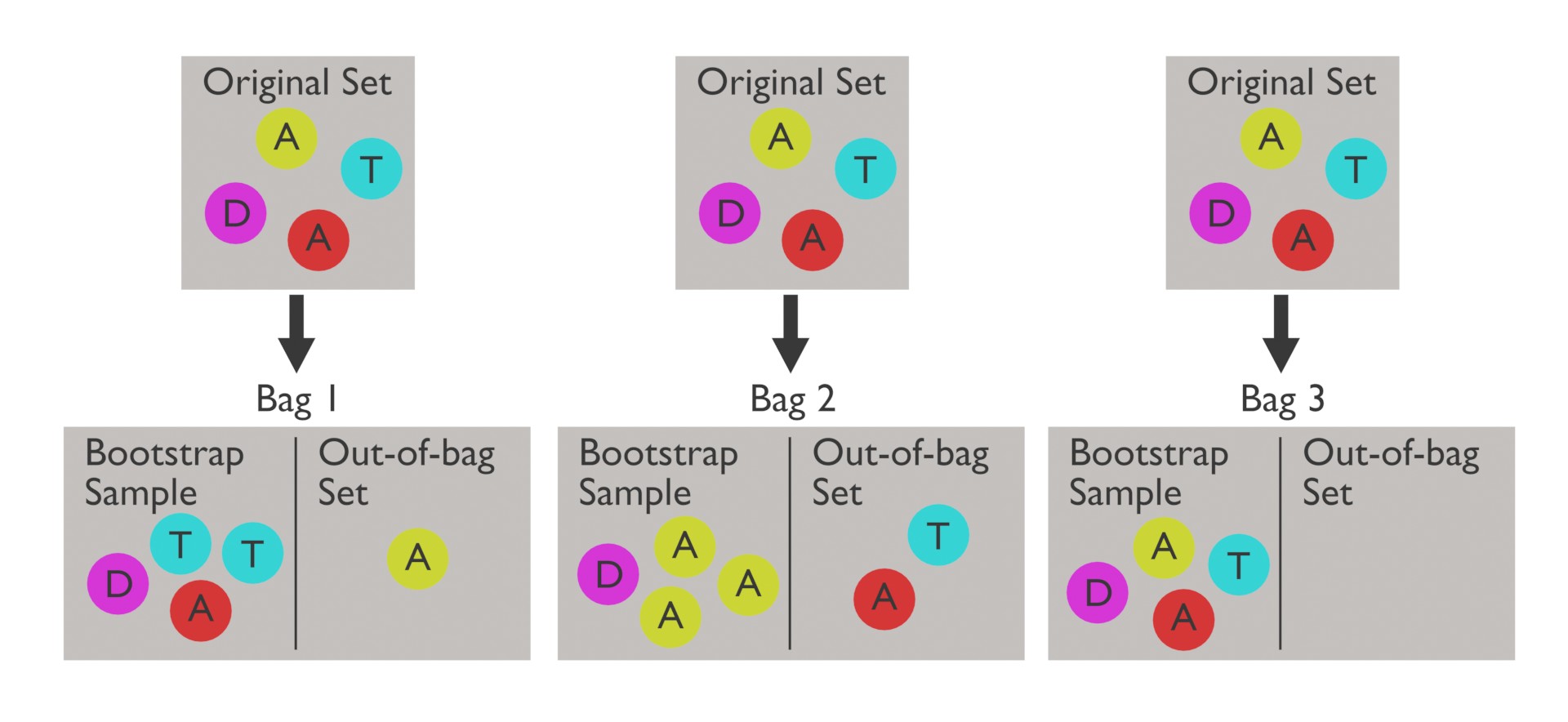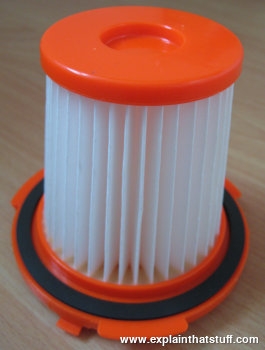Breathing fresh, clean air is a basic necessity that often goes unnoticed. Yet, behind the scenes, there is a silent hero working relentlessly to ensure we inhale nothing but the purest, untainted breeze – our ventilation filters. These unassuming guardians quietly trap dust, pollutants, and allergens, serving as a shield between us and the impurities that lurk in the air. With time, however, they gradually become worn and less efficient, requiring replacement and maintenance to carry on their tireless task. So, let’s dive into the fascinating world of ventilation filters, exploring the importance of their timely upkeep and how it contributes to a healthier atmosphere all around us. But before we embark on this enlightening journey, let us momentarily pause to inquire into a curious thought – have you ever wondered how these filters have surreptitiously become essential to our well-being?

1. Ingenious Hacks and Expert Tips to Prolong the Lifespan of Your Ventilation Filters

- Regularly clean your ventilation filters by vacuuming or rinsing them with water. Ensure they are completely dry before reinstalling.
- Use a pre-filter to capture larger particles and prolong the lifespan of your main filter.
- Consider investing in electrostatic filters that attract and trap smaller particles.
- Install a filter alarm or set a reminder to replace filters at recommended intervals.
- Avoid blocking the airflow around your ventilation filters by keeping surrounding areas clear.
Remember: Proper maintenance and regular filter replacements can significantly extend the lifespan of your ventilation filters!
2. Choosing the Perfect Ventilation Filter: Key Factors to Consider for Optimal Indoor Air Quality

- Filter Efficiency: Look for filters with high Minimum Efficiency Reporting Value (MERV) ratings, as they can effectively capture smaller particles and improve air quality.
- Filter Type: Consider the specific needs of your indoor environment, whether it requires a standard pleated filter, a HEPA filter for allergies, or an activated carbon filter to reduce odors.
- Filter Maintenance: Assess the ease of filter replacement and cleaning frequency to ensure hassle-free maintenance and proper functioning of your ventilation system.
- Airflow Resistance: Opt for filters with low resistance to maintain efficient airflow and prevent strain on the ventilation system.
- Filter Size: Measure your system’s filter dimensions accurately to ensure a proper fit and optimal performance.
When it comes to selecting a ventilation filter, considering these key factors will help you achieve optimal indoor air quality, keeping your space fresh and breathable.
Final Thoughts
In conclusion, the replacement and maintenance of ventilation filters are crucial aspects of ensuring a healthy and clean indoor environment. By regularly replacing and cleaning these filters, we not only improve the efficiency of our ventilation systems but also safeguard ourselves and our loved ones against potential health risks.
Remember, like the lungs of your home or office, ventilation filters play a vital role in maintaining indoor air quality. Neglecting their maintenance can result in the accumulation of harmful pollutants, allergens, and airborne particles. This not only affects our respiratory health but can also trigger allergies and worsen pre-existing conditions.
Therefore, it is imperative to establish a routine for filter replacement and maintenance. Begin by identifying the type of filter your ventilation system requires and become familiar with the manufacturer’s recommendations. Typically, filters should be replaced every three to six months, depending on usage and air quality.
Moreover, remember that cleaning and replacing ventilation filters extend beyond mere health benefits. Clogged or dirty filters put additional strain on your HVAC system, reducing its overall efficiency and potentially leading to higher energy bills. By keeping your filters clean, you ensure optimal airflow and functionality of the entire ventilation system.
To make the task of filter replacement and maintenance more manageable, consider setting reminders on your calendar or mobile device. Regularly inspect your filters for dirt, dust, and debris and replace them promptly. Additionally, keep spare filters on hand, allowing for quick changes without disruption to the air quality.
In conclusion, maintaining the ventilation filters in your home or office is a small yet necessary step towards creating a healthier environment. By showing love and care for our ventilation systems, we provide ourselves with cleaner, fresher air to breathe, improving our overall well-being and productivity levels.
Take the initiative today and prioritize the replacement and maintenance of ventilation filters. Your health and the health of your loved ones depend on it.
